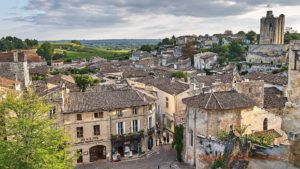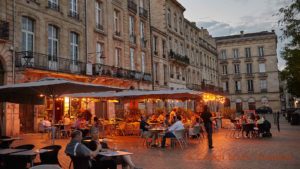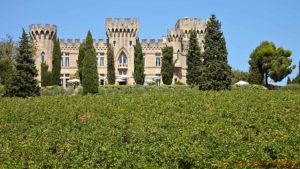Perhaps the most important thing that you should make sure that you pack when you go wine touring is a pair of comfortable walking shoes. Another thing that you may want to bring is a good flashlight.
Flashlight? Yes.
Why?
I’ll come to that in a minute.
Go right or go left? Both!
There are two sides to wine touring in the Bordeaux region. The left side and the right side. Or in the local language, Rive Gauche, which is on the left hand side of the river and includes the Medoc and Graves, and the Rive Droite, the right hand side of the river where you find Saint Emilion and Pomerol. Just to mention a few of the appellations (sub-districts). There are actually over 40 different appellations in Bordeaux, some that you might not even have heard of (ever heard of Graves-de-Vayres for example?).
On the left bank you have most of the big and famous names in appellations like Pauillac, Margaux, Pessac-Leognan and Saint Julien. The chateaux are often spectacular buildings. The vineyards are big. Big at least in a Bordelais context. Some have 100 ha (250 acres) of vineyards or more. And it is big business. A hectare of vineyards can cost a million euros. Many of the chateaux belong to companies. It is all very impressive.
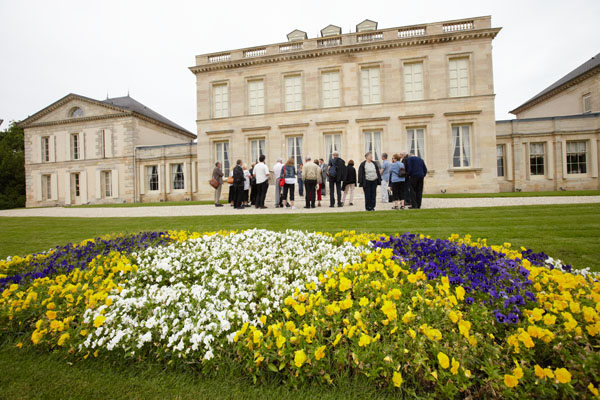
On the right bank things are different. Yes, there are quite a few famous names here too. Here you have what is arguably the most expensive wine in Bordeaux, Chateau Petrus, and some other well-know wineries. Chateau Cheval-Blanc, Chateau Angélus, Chateau Ausone, Chateau Pavie just to mention a few.
Vineyards are much smaller on the Rive Droite and it is much more common that the château is family-run or even (!) that the building is lived in.
The landscape is very different too. The Left Bank, the Medoc and Graves, is quite flat. It used to be marsh-land here. On the Right Bank there are rolling hills, the vineyards are interspersed with patches of forest, small villages.
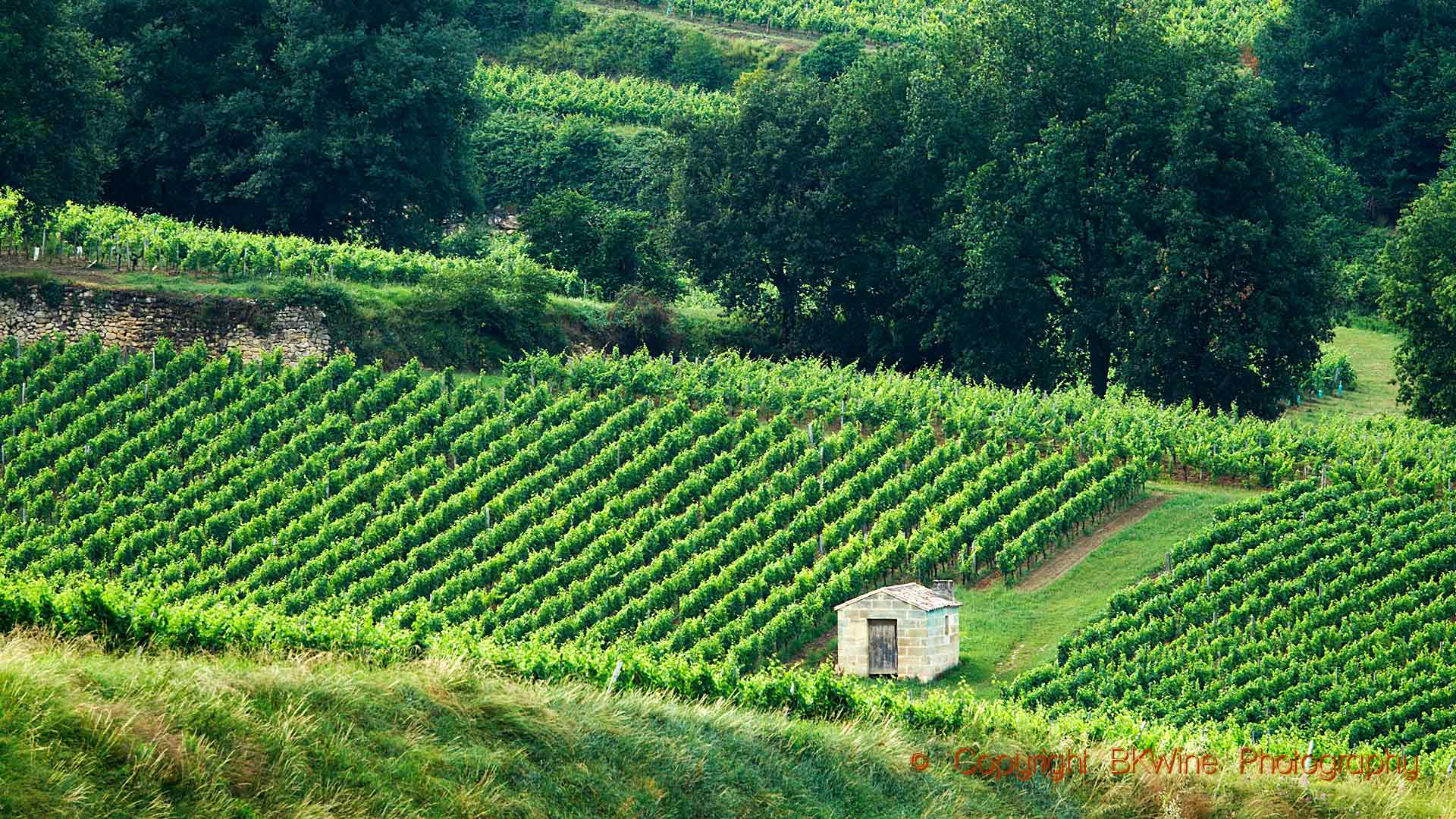
This is also where much of the limestone once was quarried to build all the chateaux. There are limestone hills that over the centuries have been used as a source for all the limestone that has been used to build all the chateaux.
This is excellent for the wineries on the right bank. Many of the properties in Saint Emilion, Fronsac, Pomerol and the rest have underground cellars that once were quarries and now are perfect to age the wine in. Chateau Villmaurine, for example, is said to have a cellar that is almost as big as the 7 ha (17 acre) vineyard with some parts of it dating back to the 6th century.
A chateau that is not a chateau
Another chateau just a stone’s throw away from Villmaurine on the outskirts of the medieval town of Saint Emilion is Clos Fourtet. (One of the few chateaux that are not called “Chateau” although they do have a nice little chateau.) This is where I was headed together with a group of wine-lovers on a Bordeaux wine tour a few years back.
As often with the winery visits you have four parts: a walk in the vineyards, a look in the winery, a visit to the barrel cellar, and then the tasting. We started the visit with an inspection of the fermentation tanks. (One stainless steel tank is not just like any other steel tank. They can actually tell you quite a lot about the winery and the wines!)
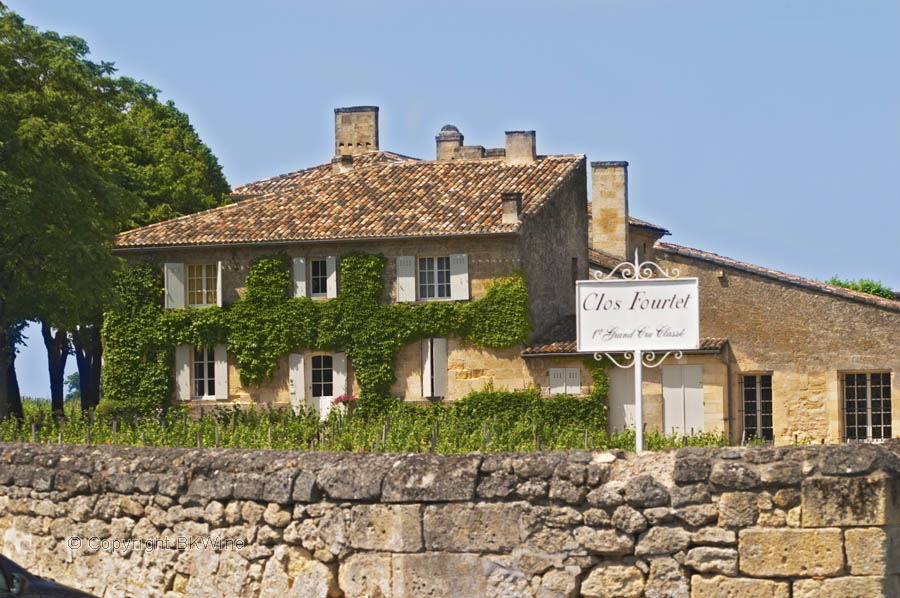
A narrow and winding staircase cut out of the stone led us down to the underground cellar. An enormous underground hall that used to be a quarry, right underneath the winery. There were ancient columns (solid we hoped), rows of barrels (full we hoped), nooks and crannies filled with piles of bottles. Quite a sight!
In the darkest corners
As usual I was carrying my camera with the full gear, tripod and all. On many winery visits I tend to wander around looking for the right angles, the best light, the interesting little detail. There were plenty of things to look at in this many-hundred-year’s old cellar. Much to keep me and my camera busy.
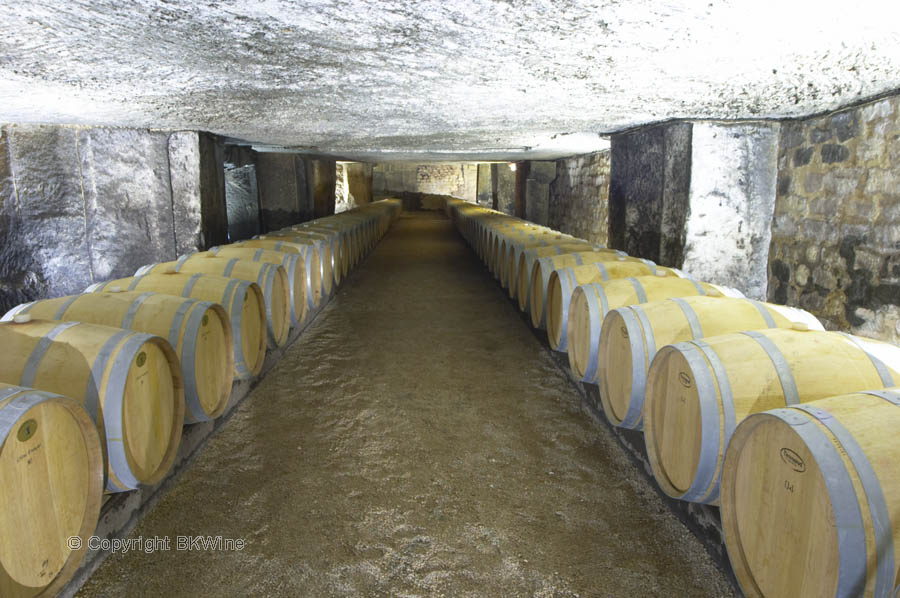
All of a sudden it turned pitch-dark.
Everyone else had continued to the eagerly awaited tasting, walked up the stairs, closed the door and… Turned off the light.
Can you imagine how dark it is in a medieval quarry with no light?
It is dark. Very dark.
You can see … nothing.
I am not a smoker so I did not have any matches. But I was lucky since I had my camera flash with me. Firing the flash I could see a few metres ahead for a few seconds. I started to move carefully in the direction where I knew the exit was. I was anxious to avoid stumbling on the piles of bottles that were everywhere on the floor. You do not want to fall over on a pile of Saint Emilion Premier grand cru classé. Honestly, you don’t! With a dozen or so flashes fired I had managed to manoeuvre past all the barrels and piles of bottles to the staircase in the far corner.
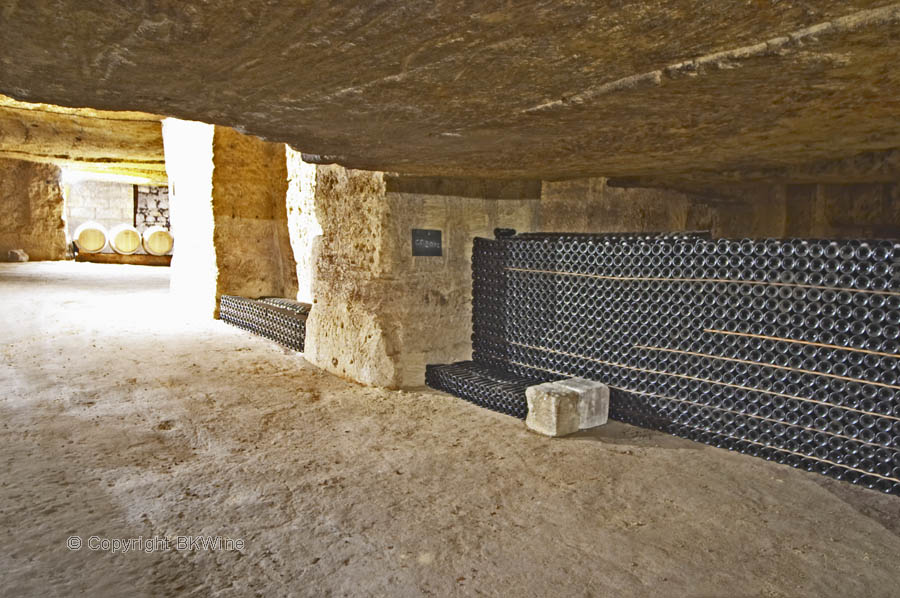
A few minutes later I arrived in the tasting room through a creaking door. Everyone looked at me with puzzled faces. “What are you doing?”, someone said. They had not even noticed I was missing. Too busy tasting I assume.
I was saying a quiet thank you for them not having locked the door when leaving the cellar. Not only is it dark in a quarry but there is no cell phone coverage either…
Since that day I always carry a flash-light in my camera back-pack.
Here is some more practical advice for visiting wineries on a wine tour.
You can read more about wine travelling in Bordeaux here.
.
We have actually never lost any wine tour participant in a cellar (some have tried to stay!) in spite of the many hundreds of wine tours we have made, so you do not need to worry. An excellent way to experience both the Left Bank and the Right Bank in Bordeaux is to come on a wine tour with BKWine.
Travel to the wine country with the experts in wine and with the wine tour specialist.
.

